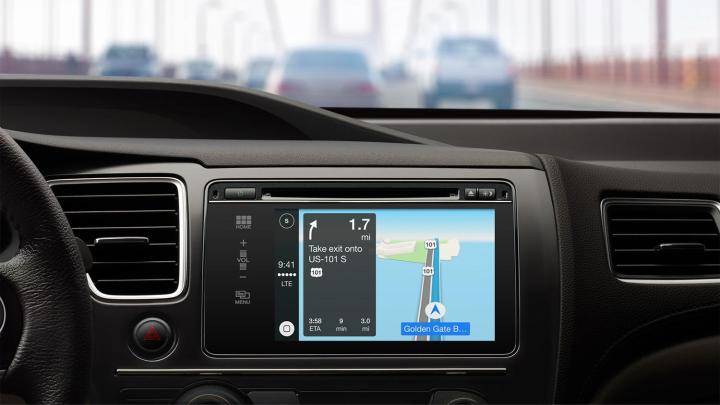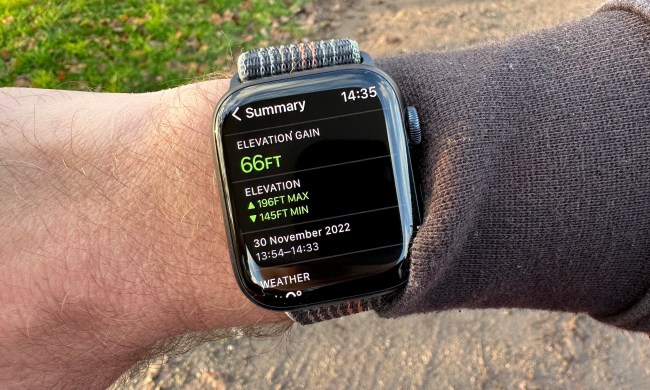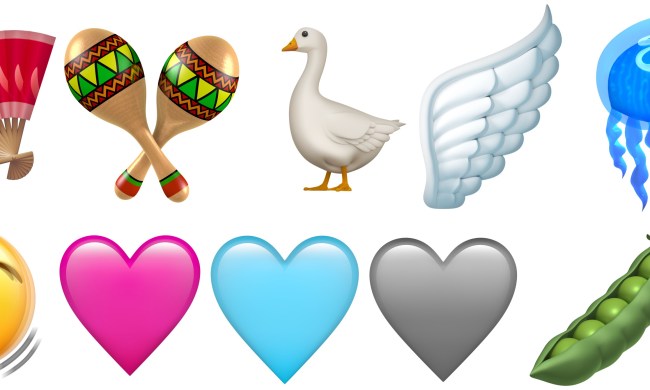
According to the filing, the system is designed to focus on “comprehension rather than precision,” by putting directions in terms people can more easily understand. This means giving the driver more details about his or her surroundings, both a trip starts so that they head in the right direction, and at the end of a trip so that they can find the specific place they’re driving toward.
Current navigation systems check out when the driver reaches a set of coordinates corresponding to an address or place name, but the Apple system could potentially use landmarks and other descriptors to provide additional information. That’s less precise than directions like “head north” or “your destination is 200 feet ahead on the right,” but probably easier for people to understand. The human inability to judge distance makes these types of directions less than helpful sometimes, and finding your direction of travel can be difficult in a moving car without a compass. While these types of directions may not actively confuse people, they probably get glossed over a lot in the real world.
Apple’s proposed system would describe the “visual attributes of the destination” and make some effort to point out the correct streets, rather than just the distance to the next turn. The patent filing also says current systems “do not account for the mental state of the user.” It’s unclear how Apple will try to address that apparent oversight. A soothing robot voice offering reassurance, perhaps?
Of course, there’s no guarantee that Apple’s alternative will turn out to be better, or even make it to production at all. As anyone who’s ever gotten directions from a local to turn right at a seemingly-nonexistent red barn can tell you, landmark-based navigation has issues of its own. A system like the one proposed by Apple would make continuous updates more important than ever. Otherwise, it could be undone by someone’s decision to paint their house.
It’s also important to remember that patent filings don’t automatically translate into consumer products. Companies often apply for patents as a preemptive action for technology they don’t have firm business plans to use.

